LipSync.video
LipSync.video is an AI-powered tool that synchronizes audio with lip movements in videos, supporting formats like photos, cartoons, and pets, without requiring sign-up. It uses advanced neural networks to analyze audio and facial movements, producing natural lip sync for various content types. The platform supports MP4, WebM, and OGG formats and offers features like AI Cartoon Lip Sync, AI Talking Photo, and AI Pet Lip Sync. It’s designed for content creators, marketers, and educators aiming for quick, cost-effective video animations.
The tool’s key features include one-click generation, where users upload assets and click “Generate” to create lip-synced videos in minutes. It supports 720p and 1080p resolutions, with optional subtitles for accessibility. The AI Cartoon Lip Sync feature syncs 2D/3D character mouths with audio, ideal for animated series or YouTube shorts. AI Talking Photo turns static images into talking avatars, while AI Pet Lip Sync adds lip movements to pet videos. The platform uses deep learning algorithms for accurate facial landmark detection, ensuring smooth animations.
Limitations exist. The free plan restricts video length and resolution, and processing times can reach 30 minutes for complex projects. Competitors like LipSync.pro offer multilingual support in 40+ languages, while Synthesia provides advanced AI avatar customization. LipSync.video lacks 4K support and real-time previews, which some rivals include. Still, its no-cost model makes it accessible for beginners.
The AI Baby Podcast feature is a unique offering, syncing baby lip animations with audio for viral-ready content. The platform’s templates simplify project setup, and its neural networks ensure natural lip movements. However, low-quality inputs can lead to sync issues, and advanced settings are limited in the free version.
For best results, use high-quality video and audio inputs. Test with short clips to gauge processing times. Explore templates for quick starts, and leverage the subtitle feature for broader reach. Experiment with different content types to maximize the tool’s versatility.
Video Overview ▶️
What are the key features? ⭐
- One-Click Generation: Creates lip-synced videos with a single click after uploading assets.
- AI Cartoon Lip Sync: Syncs 2D/3D character mouths with audio for natural animations.
- AI Talking Photo: Turns static photos into talking avatars with realistic lip movements.
- AI Pet Lip Sync: Adds lip movements to pet videos for fun, shareable content.
- Subtitle Support: Generates optional subtitles for enhanced video accessibility.
Who is it for? 🤔
Examples of what you can use it for 💭
- YouTube Creator: Syncs cartoon character lips with audio for engaging animated shorts.
- Social Media Influencer: Turns pet photos into talking videos for viral TikTok content.
- Marketer: Creates lip-synced explainer videos using brand mascots for promotions.
- Educator: Generates talking photo videos for interactive e-learning modules.
- Event Planner: Produces personalized lip-synced birthday messages from photos.
Pros & Cons ⚖️
- Free with no sign-up required
- Supports multiple video formats
- Fast processing for short videos
- Limited to 720p/1080p resolution
- Long processing for complex videos (makes sense)
FAQs 💬
Related tools ↙️
-
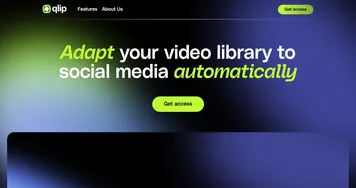 Qlip AI
Extract viral clips from your long videos in a flash
Qlip AI
Extract viral clips from your long videos in a flash
-
 AI Kissing Video Generator
Generates animated videos of kissing scenes from user-uploaded photos
AI Kissing Video Generator
Generates animated videos of kissing scenes from user-uploaded photos
-
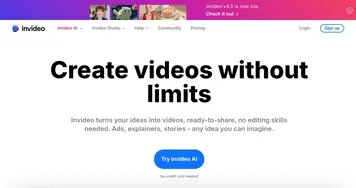 InVideo
Helps you make professional videos with ready-made customizable templates
InVideo
Helps you make professional videos with ready-made customizable templates
-
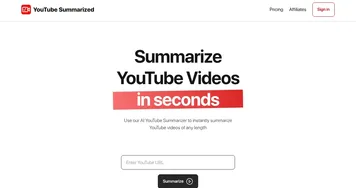 YouTube Summarized
An AI tool designed to help you swiftly grasp any YouTube video's main points
YouTube Summarized
An AI tool designed to help you swiftly grasp any YouTube video's main points
-
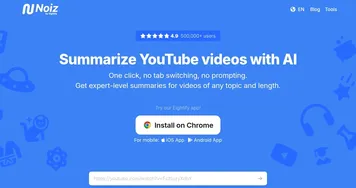 Noiz
An AI-powered tool that can transform lengthy YouTube videos into concise summaries
Noiz
An AI-powered tool that can transform lengthy YouTube videos into concise summaries
-
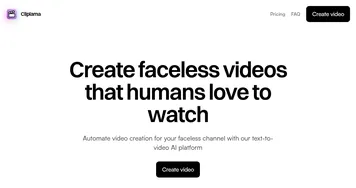 Cliplama
An AI-powered platform that automates the creation of faceless videos for social media platforms
Cliplama
An AI-powered platform that automates the creation of faceless videos for social media platforms

